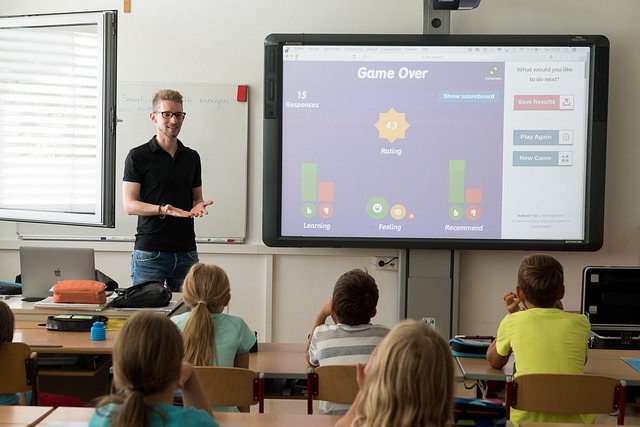
Campus Safety: A Comprehensive Overview
Ensuring safety on campus is a critical concern for educational institutions. With recent incidents raising alarms about security, it is essential to understand the various measures that can be implemented to enhance safety for students, staff, and visitors. This article explores the importance of campus safety, the technologies available, and strategies for effective emergency preparedness.
Understanding the Importance of Campus Safety
Campus safety encompasses a range of practices and policies designed to protect individuals within educational environments. The primary goal is to create a secure atmosphere conducive to learning and personal development. Recent events, such as the shooting incident at Meadowcreek Elementary, have intensified discussions around safety protocols in schools, particularly in elementary settings.
Key Security Measures
To bolster campus safety, institutions can adopt various security measures:
- Advanced Weapons Detection Systems: These AI-powered systems can efficiently monitor and identify potential threats. By integrating such technology, campuses can enhance their surveillance capabilities and empower security personnel to respond swiftly to incidents.
- Emergency Preparedness Training: Regular training sessions for staff and students on emergency protocols can significantly improve response times during crises. This includes drills for active shooter situations, fire evacuations, and natural disasters.
- Collaboration with Local Law Enforcement: Establishing strong ties with local police can facilitate quicker responses to emergencies and enhance overall community safety. Regular communication and joint training exercises can further strengthen this relationship.
- Community Engagement Programs: Initiatives that involve students and parents in safety discussions can foster a culture of awareness and vigilance. Programs like neighborhood watch or safety workshops can empower the community to take an active role in campus security.
Technology's Role in Campus Safety
Technology plays a pivotal role in modern campus safety strategies. Surveillance cameras, access control systems, and mobile safety apps are just a few examples of how technology can enhance security. For instance, mobile apps can provide real-time alerts to students and staff during emergencies, ensuring that everyone is informed and can take appropriate action.
Challenges to Campus Safety
While many measures can be implemented, challenges remain. One significant issue is the balance between maintaining an open, welcoming environment and ensuring security. Overly stringent security measures can create a sense of unease among students and staff. Additionally, budget constraints can limit the implementation of advanced security technologies.
Creating a Culture of Safety
Ultimately, fostering a culture of safety requires the involvement of all campus stakeholders. Students, faculty, and parents must work together to identify potential risks and develop strategies to mitigate them. Open communication channels can help ensure that everyone feels comfortable reporting concerns and that appropriate actions are taken.
Conclusion
While no campus can guarantee complete safety, a proactive approach to security can significantly reduce risks. By implementing advanced technologies, engaging the community, and prioritizing emergency preparedness, educational institutions can create a safer environment for everyone. Continuous evaluation and adaptation of safety measures are essential to address evolving threats and ensure the well-being of all campus members.

















 State Variables in Thermodynamics Class 11
State Variables in Thermodynamics Class 11 
 Health
Health  Fitness
Fitness  Lifestyle
Lifestyle  Tech
Tech  Travel
Travel  Food
Food  Education
Education  Parenting
Parenting  Career & Work
Career & Work  Hobbies
Hobbies  Wellness
Wellness  Beauty
Beauty  Cars
Cars  Art
Art  Science
Science  Culture
Culture  Books
Books  Music
Music  Movies
Movies  Gaming
Gaming  Sports
Sports  Nature
Nature  Home & Garden
Home & Garden  Business & Finance
Business & Finance  Relationships
Relationships  Pets
Pets  Shopping
Shopping  Mindset & Inspiration
Mindset & Inspiration  Environment
Environment  Gadgets
Gadgets  Politics
Politics 